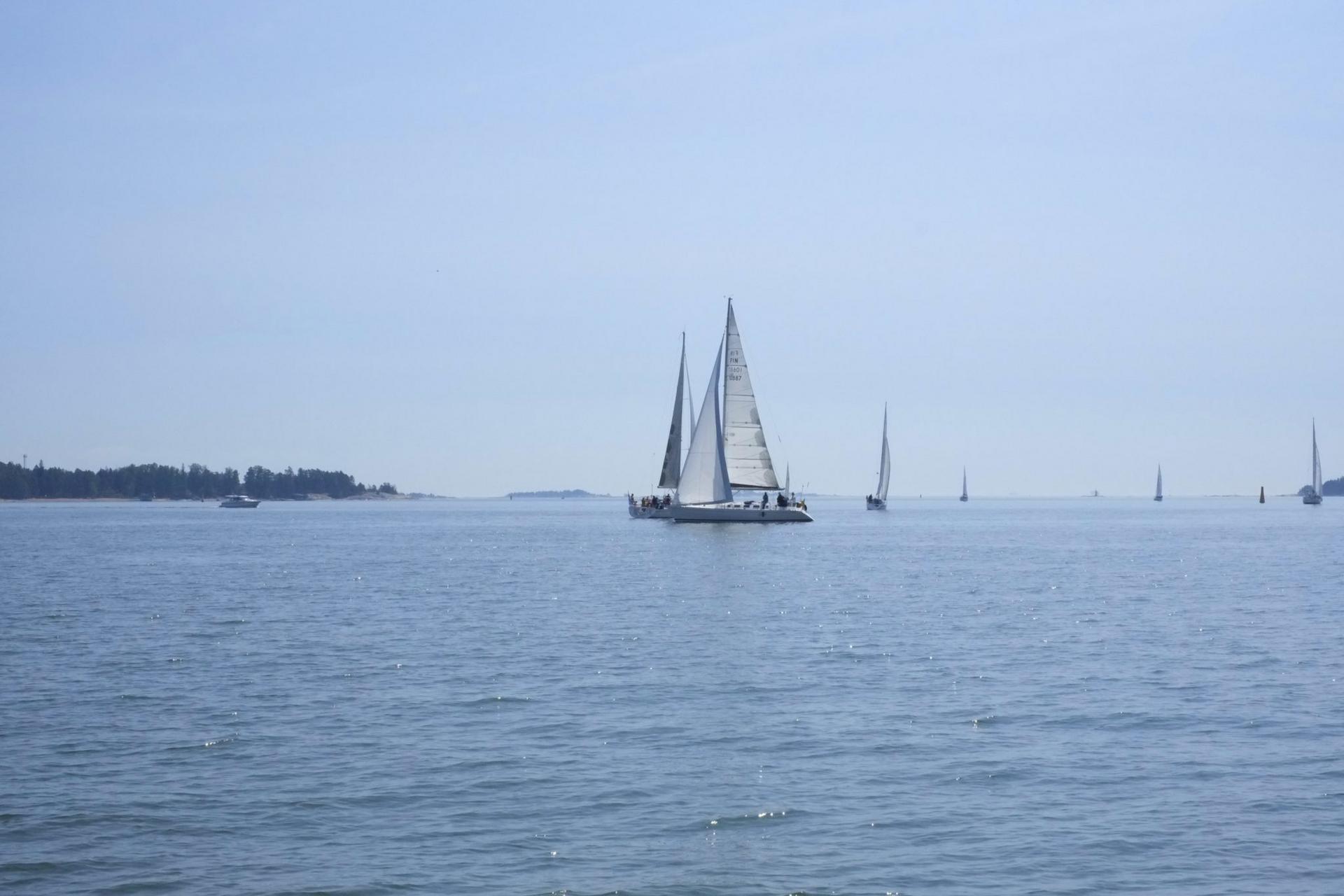In the past ten years, the phosphorus load that is utilizable by the algae of the Gulf of Finland has been reduced by 75%.
– Discharges entering the sea from external point sources have also been significantly reduced. We enjoyed several good summers, but the combination of a warm summer and the very nutrient-rich waters carried from the abysses by the 2014, 2015 and 2016 saline pulses led to the algae blooms we witnessed last summer. In 2017, the phosphorus level of the water was actually greater, but as the summer was a cold one, the blue-green algae problem did not materialize. Because of the nutrients originating in the Baltic Sea’s main basin, phosphorus levels are again high. What the situation will be next summer depends on how the waters are mixed, and how warm the weather is, explains Marjukka Porvari, Director in charge of the John Nurminen Foundation’s Clean Baltic Sea projects.
In addition to the non-point source load generated by agriculture, the problem here is mostly caused by old nutrient discharges in the bottom of the sea, i.e. the sea’s internal load. The external load of the Gulf of Finland is 4,000 tonnes on average, but during the worst years, the internal load can account for 2.5 times this volume.
Phosphorus runoff from fields curbed with gypsum
Treating fields with gypsum is an efficient way to tackle non-point discharges from agriculture: with this measure, it is possible to cut up to 50% of the total phosphorus carried by runoff waters.
Large-scale gypsum treatment pilots were carried out in 2016 in fields in the catchment area of the Savijoki river. Now, a total of 3,500 hectares in the Vantaa River area will be treated during a period of three years, reducing the phosphorus runoff by 10 tonnes. Solids runoff, which clouds the water in the sea and rivers, can also be cut by 5 million kg.
– One of the objectives of the Vantaa River pilot has been to obtain public funding for treating fields with gypsum, and we are happy to say this is now becoming a reality. In 2019-2021, the Government has reserved more than €20 million to treating the fields of the Archipelago Sea area with gypsum. The Archipelago Sea is a unique environment, and highly valuable also for its recreational value. Its catchment area continues to be on the Baltic Marine Environment Protection Commission’s hot spot list, Marjukka Porvari sums up.

Attempts to reduce the internal load
Measures for reducing the internal phosphorus load of the Baltic Sea have not been studied much, and it is difficult to find comparison data on the methods available. The SEABASED project will carry out small-scale pilots of such measures. Risk assessment is an essential component of the pilots.
Alternatives include e.g. retaining phosphorus in the seabed using different materials. A more natural method than aluminium would be using limestone from Gotland, and this method is being tested on the coastlines of both Sweden and Finland. Vacuuming the nutrient-rich top layer of the bottom sediment is also an option that is under investigation. A pilot in Åland tests pumping low-saline, nutrient-rich water from the seabed for use in irrigating cultivated fields.
Fishing is a good and traditional way to reduce the nutrient load that ends up in the sea. The project tries out fish stock management of the three-spined stickleback in Åland; in the Archipelago Sea, the Local Fishing project has already successfully commercialised the fish stock management of cyprinids.
Article was first published in Kauppalehti’s Mediaplanet supplement on 6 June 2019.

